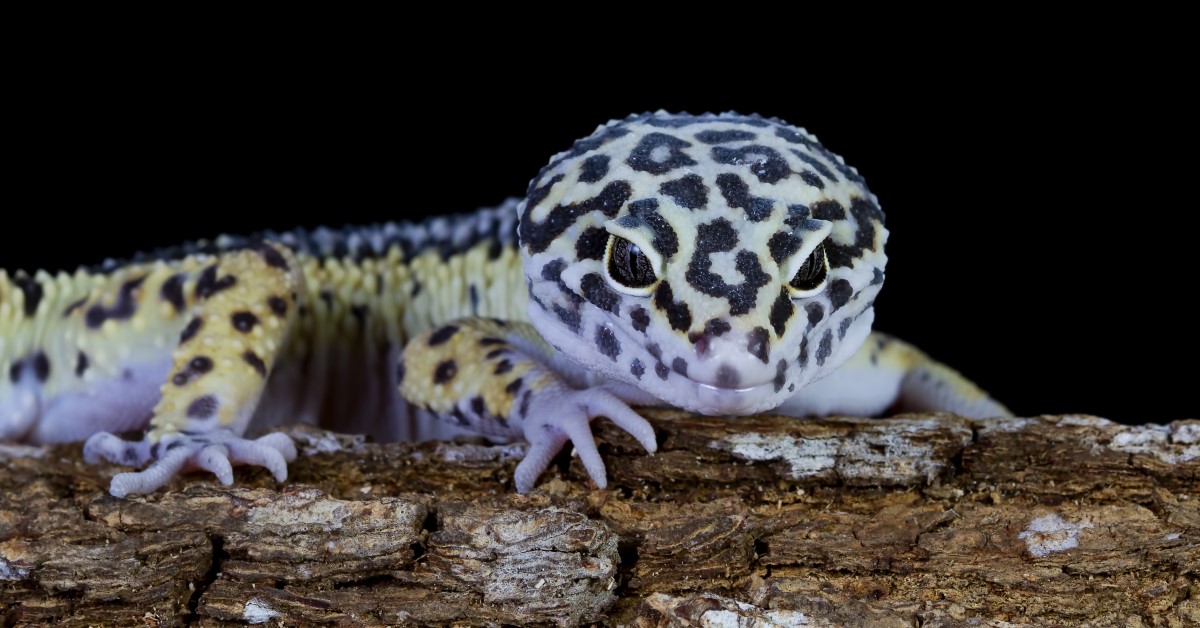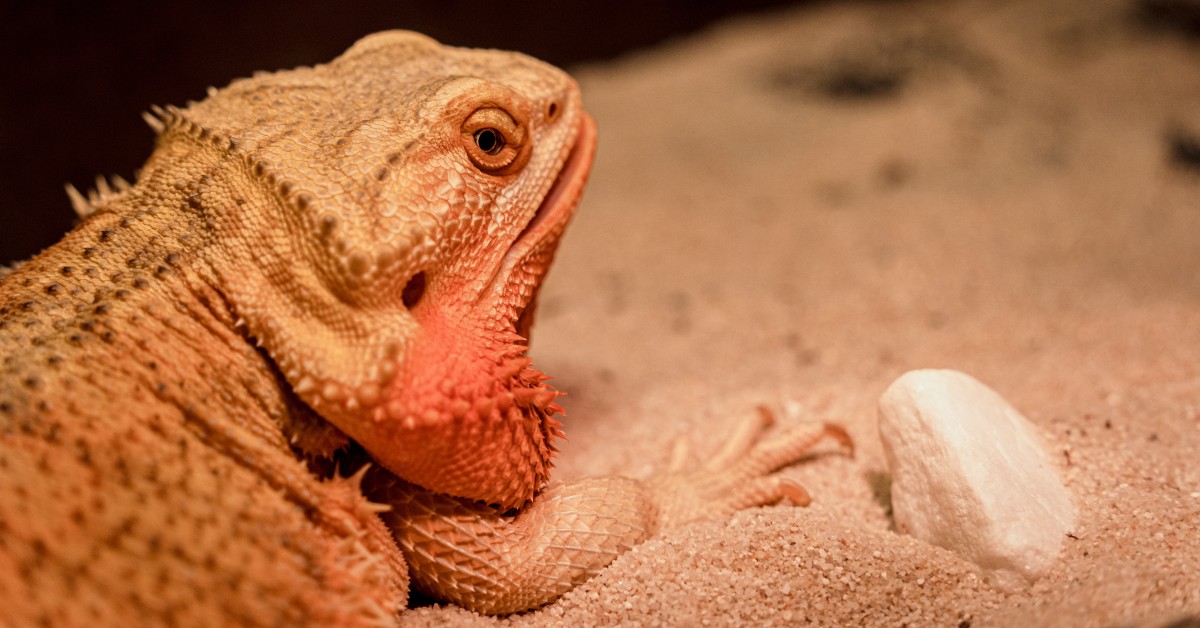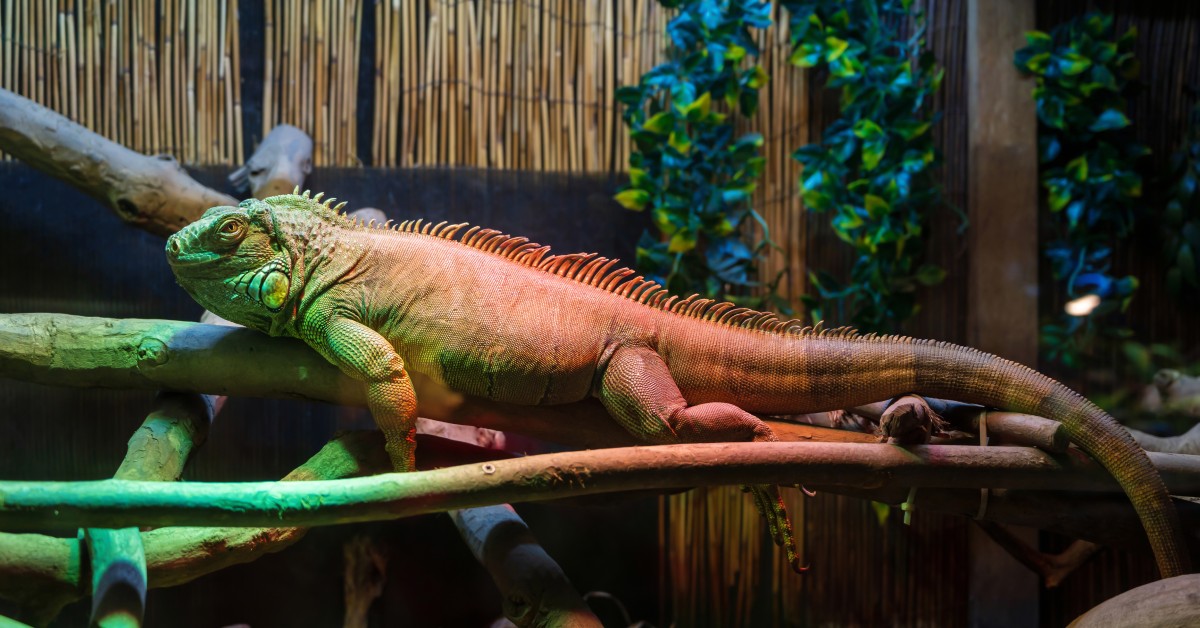Creating the Perfect Habitat for Your Leopard Gecko
Creating the ideal habitat for a pet leopard gecko requires the right tank size, substrate, temperature, hiding places, and easy access to food and water.

Leopard geckos are commonly kept as pets due to their relative ease of care and docile nature. This interesting ground-dwelling lizard is native to desert regions and rocky dry grassland. When creating a habitat for your new pet at home, it’s important to mimic the leopard gecko’s natural habitat as closely as possible.
Tank Size and Shape
One of the reasons that leopard geckos are so beloved by reptile enthusiasts is their ability to fit in the hand. The average leopard gecko will grow to about eight inches long and weigh approximately two ounces. Choose a tank or enclosure that provides your pet with plenty of room to move around and stay active.
The minimum tank size for one leopard gecko is 10 gallons. However, it’s best to choose a larger tank of 20 gallons or more if possible. In addition, consider the shape of the tank. Avoid tall, narrow tanks meant for tree-dwelling species, such as chameleons. Instead, opt for a longer and more shallow tank that provides ample floor space.
Enclosure Lid or Tank Cover
Once you have an adequate size tank or enclosure, you’ll need a cover. Most gecko owners cover their tanks with a wire or mesh lid. The lid or cover is important to keep out unwanted pets, insects, or children who may attempt to get into the tank. The tank cover will also support the lights.
When choosing a tank lid or cover, avoid any solid pieces of material like plastic or glass. The tank lid must be of a screen that allows fresh air to circulate in and out of the enclosure. Solid tank covers limit airflow and cause the humidity and temperature of the tank to rise to dangerous levels.
Lighting Your Leopard Gecko Tank
Leopard geckos originated in the Middle East and require a lighting cycle that’s similar to their native environment. In the summer, these small lizards should have approximately 14 hours of light and 10 hours of darkness. In the winter, they require 12 hours of light and 12 hours of darkness. Try to make this transition gradual.
The right lighting source can also serve another very important purpose – heat. Depending on your climate and how cool or warm you keep your home, you may need a tank heater. However, if you live in a warm climate, lights alone may be sufficient. The ideal temperature for a leopard gecko is between 75 and 85 degrees Fahrenheit in the daytime and a temperature in the 70s at night. The basking area should reach temperatures as high as 90 degrees.
Humidity
Another important factor to consider when setting up a comfortable habitat for your leopard gecko is the humidity of the tank. Geckos require the right humidity to properly shed and prevent hydration issues. Ideally, a leopard gecko’s tank humidity should be between 20 and 40 percent.
Place a humidity sensor, known as a hygrometer, inside the tank to monitor humidity levels. If the humidity gets too high, replace the water dish with a smaller one or increase airflow to the tank. If the humidity gets too low, switch to a larger water dish or add moist moss to the enclosure.
Tank Substrate
Substrate refers to the material placed on the tank floor. It is important to choose a substrate carefully as some materials can be harmful to leopard geckos. Reptile carpet is often the preferred substrate for these reptiles as it eliminates the risk of impaction. However, other options are available.
To best mimic a leopard gecko’s natural habitat, consider adding flat stones or tiles to the environment. Paper-based substrates are often preferred as they are easy to replace when soiled. Avoid sand substrates which may be eaten by leopard geckos, resulting in possible impaction or other health issues.
Gecko Hides and Shelter
Leopard geckos require shelter from the environment, otherwise known as hides. These hides are where your pet will get away from unwanted heat, light, or people when they enter the room. Hides help leopard geckos feel secure. Each tank should contain three types of hides: a warm hide, a cool hide, and a moist hide.
A warm hide is placed on the hot side of the tank and provides the gecko with a safe place to get warmth. A cool hide is placed in the coolest part of the tank and allows the lizard to cool down their body. A moist hide is where geckos go when they start to shed which requires high humidity. Make sure to keep the substrate in that hide moist.
Other Habitat Accessories for Leopard Geckos
Your pet leopard gecko should also have other accessories in its habitat, including live or artificial plants. Plants help make the enclosure feel more natural and attractive. Ensure that any live plants placed in the tank are non-poisonous and safe for geckos to eat.
Also, consider adding small sticks or logs for your gecko to climb or perch on but first strip the wood of its bark and ensure that they are free of dirt and parasites. Leopard gecko tanks should also have clean food and water bowls. The water bowl should be shallow so it's not a drowning hazard.
Have Fun Creating Your Leopard Gecko Paradise
Leopard geckos can make amazing pets when properly cared for. However, they do require routine maintenance, including creating and maintaining their habitat.
Ready to start saving money on pet wellness care?
Then take a look at Mint Wellness, the pet wellness plan that provides fast reimbursement on routine pet care. Save on vaccinations, wellness exams, preventatives, dental, and more!
Learn More


